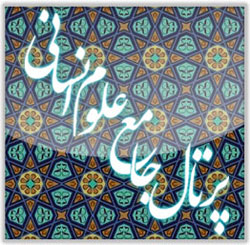The Role of Art in the Creation of Pascal Quignard’s Works
Keywords:
Image, invisibe, significance, moral moment, visual poetry, imitation, experience, knowledge, paintingAbstract
Quignard’s reflections on art possess both theoretical and scientific dimensions. His reading of painted images simultaneously examines the invisible behind the visible and analyzes them from an Epicurean and psychoanalytic perspective. This analysis leads to rhetorical thought centered on the concept of the image in its broadest sense. Mastering theoretical and critical knowledge of art and utilizing his extensive intellectual background, Quignard reinterprets significant discussions such as pictorial poetry in a novel manner and reevaluates key concepts like mimesis from a fundamentally anthropological perspective. His thought, which bridges literary criticism and imagination, pays particular attention to the unconscious roots of language and transcends the boundary between reason and emotion. In this view, art is a movement in search, an experience in which knowledge encompasses an acknowledgment of primal ignorance and intertwines with the revival of the initial passion for thought. In Pascal Quignard’s works, the relationship between knowledge and understanding becomes one of the key concepts. He surpasses the restrictive boundaries of knowledge and perceives art as a domain for free experience and reflection. He argues that understanding, in contrast to knowledge, has a more fluid and living nature. In this process, imagination plays a crucial role. Quignard views art not merely as the representation of reality but as a process in which humans, through their imagination, uncover the hidden layers of the world. This aspect is particularly essential in the interpretation of ancient paintings, as such works often communicate in an enigmatic language that remains incomprehensible to the modern viewer. From Quignard’s perspective, imagination serves as the necessary tool to bridge the gaps created by the lack of access to the historical context of these works. This view is particularly evident in the study of cave paintings, where the first artist was not only an illustrator but also a storyteller, a philosopher, and an anthropologist. Here, Quignard reminds us that engaging with ancient art means engaging with the origins of human thought and imagination—where the first sparks of self-awareness and understanding of the world emerged. This approach to art situates Quignard among thinkers who perceive art in profound connection with life, where truth emerges in the gaps between knowledge and imagination, and where, through the experience of beauty, humans come closer to the depths of their own existence.









